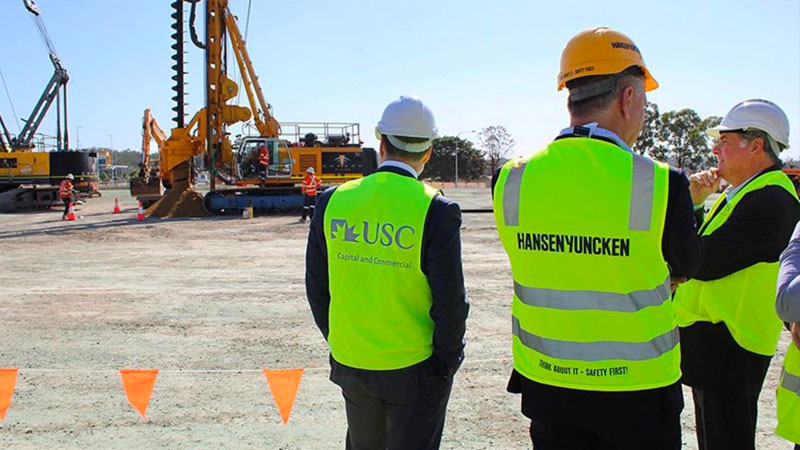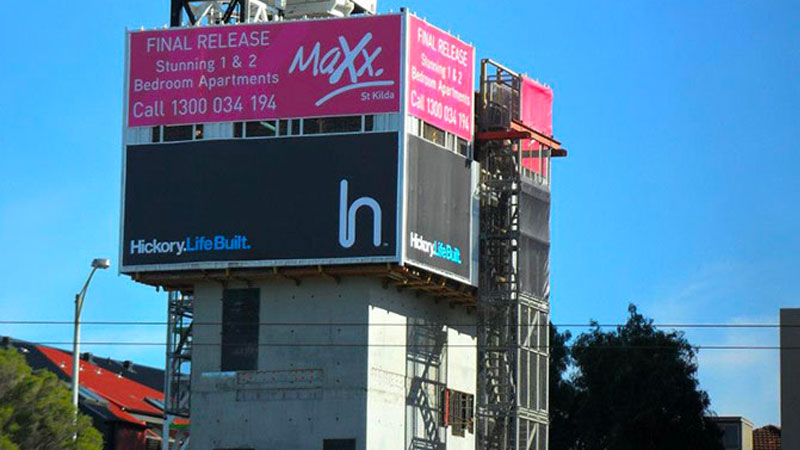Risks
“Due to key factors affecting the industry, such as supply chain uncertainty and instability in the price of oil, we expect to see prices rise at a local and international level.
“The industry is already seeing major impacts as a result of these drivers, including insolvency and issues with fixed price contracts.
“As a 104-year-old company, Hansen Yuncken is able to draw on expertise and learnings from previous crises, such as the GFC, to continue generating high levels of success despite the sector’s downturn.
“However, not all companies have managed to weather the storm—moving forward, the way in which organisations and contractors deal with pricing instability will greatly impact their projects and cashflow. On top of that, labour market costs remain high due to worker shortages across Australia.”
Opportunities
“We will likely see a ‘flight-to-quality’ phenomenon over the next two to three years, where relationships with contractors can be utilised to ‘adjust’ the price risk uncertainty of moving projects into construction delivery.
“In terms of opportunities, the pipeline of work needs to continue for larger asset holders. In particular, state and federal governments within the social infrastructure areas of health, education, justice and defence will pose opportunities for the industry.
“While the industrial project pipeline remains buoyant for now, new and emerging markets in low-cost housing and build-to-rent developments should remain strong, subject to pricing expectations being set.
“Demand for specialist private medical and university projects is also expected to increase.”
BCI index ranking: 8
Number of projects commenced in 2021: 41
Total project value: $1.4 billion
Average project value: $34 million


Hickory
Managing Director
George Abraham
Risks
“The industry has faced many delays and costs escalated as a result shortages of building materials and labour.
“These same issues are likely to persist over the medium term, making it vitally important for builders and construction firms to find innovative solutions over the next couple of years to ensure construction can continue in a cost-effective and timely manner.
“Over the medium term, more emphasis will likely be placed on the re-onshoring of manufacturing, which would allow companies to avoid increasing costs of sea freight, congestion in major ports and low supply of offshore materials.
“Localising certain aspects of the manufacturing process would ultimately empower the industry to maintain construction timeframes and keep costs in check.”
Opportunities
“In the current climate, there is high demand for reliable, sustainable construction methods.
“Prefabricated construction could help fill this void. The ‘pre-fab’ method produces a higher quality product, as it allows for testing and quality control in a factory environment.
“Reducing the likelihood of defects in this manner will save on future maintenance costs. Prefab construction also ensures that materials are calculated accurately, which in turn keeps waste to a minimum. The ability to control the amount and processing of waste further promotes environmental sustainability.
“Promoting prefabricated building methods over the medium term could help mitigate many of the current cost hikes and labour shortage issues currently being felt across the construction industry.”
BCI index ranking: 7
Number of projects commenced in 2021: 11
Total project value: $1.62 billion
Average project value: $147 million









